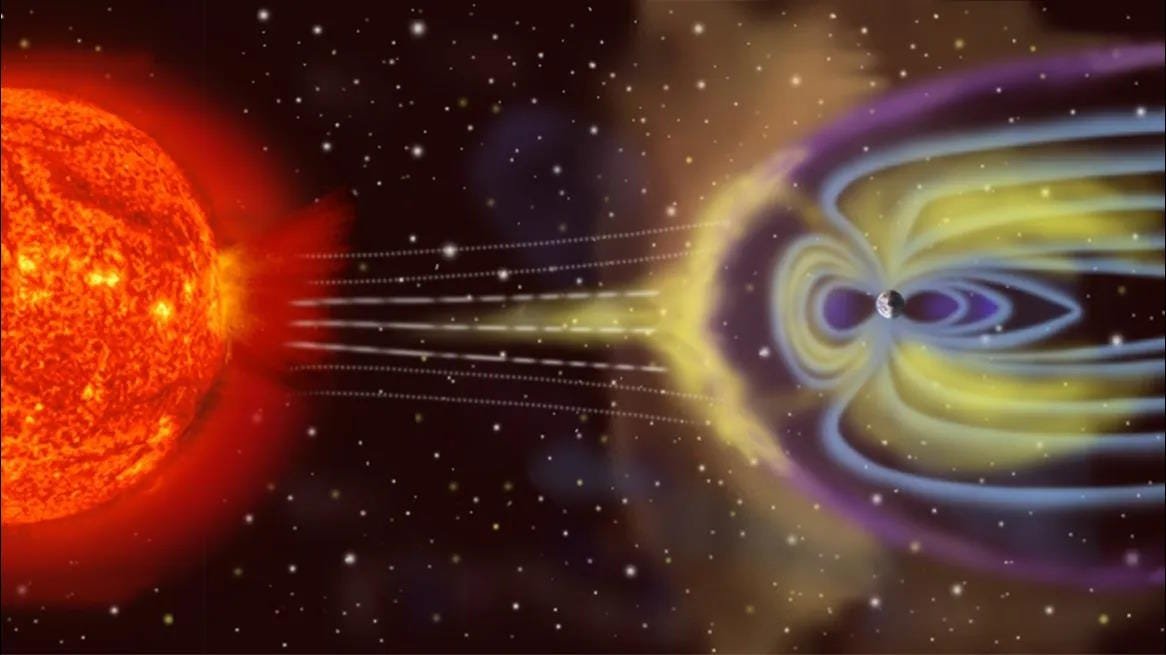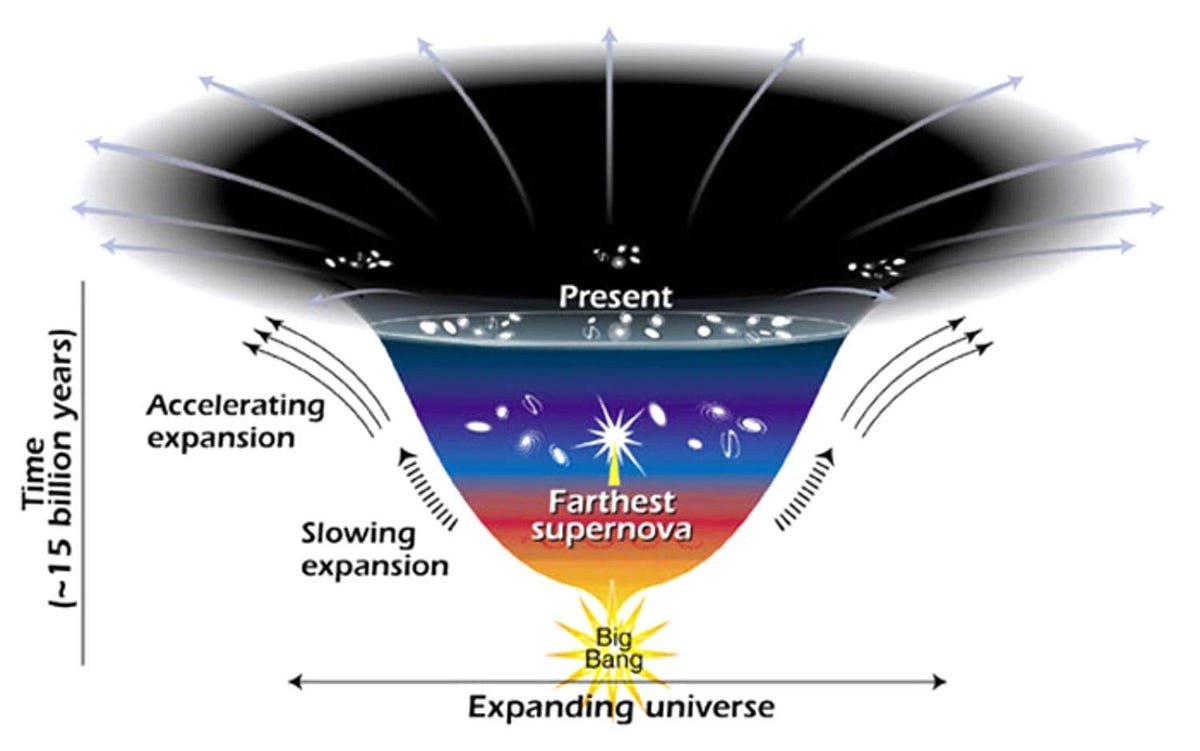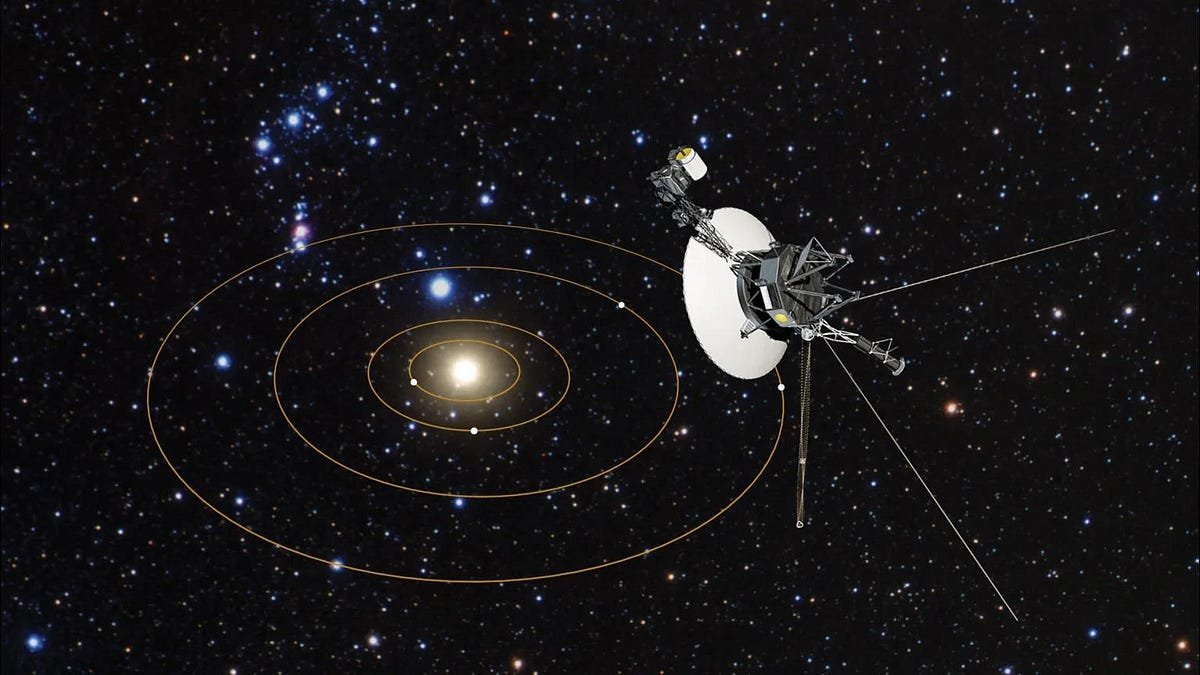
Ask Ethan: Why is there a grand canyon on Mars? | by Ethan Siegel | Starts With A Bang! | Feb, 2024
Valles Marineris is the Solar System’s grandest canyon, many times longer, wider, and deeper than the Grand Canyon. What scarred Mars so?
Here on Earth, one of the greatest geological wonders of all is the Grand Canyon. Carved by the Colorado River over millions of years, which connected multiple older segments of the canyon together, the full extent of this giant, steep-sided valley is now remarkable and impressive. Spanning 446 kilometers (277 miles) in length, the canyon is up to 29 kilometers (18 miles) wide and up to 1.857 kilometers (1.153 miles) deep. The advance, retreat, and melting of glaciers, combined with the release of enormous amounts of water, have exposed a wide variety of rocks formed throughout Earth’s geological history, including formations as many as 2 billion years old.
And yet, the full extent of Earth’s Grand Canyon pales in comparison to the grandest canyon in all the Solar System: Valles Marineris on Mars. Mars, a much smaller planet than Earth with a very different geological past, might not seem like the ideal candidate for such a gigantic feature, and yet not only is it present, it was likely created in a very different fashion than the Grand Canyon was on Earth. But how, precisely, did it form? That’s what Rosa Been wants to know, asking:
“You know how Mars has a huge scar in it? Like 6 miles deep. I was curious what caused it. I’ve heard it could be an asteroid or solar flare kinda thing etc.”
It could have been a lot of things, and in reality, it was probably formed by many processes combined. But the greatest lesson of all for its formation may not come from Earth’s Grand Canyon at all, but a very different feature. Here’s the most likely story we’ve been able to piece together.
What you see, above, is a topographic map of Mars. Although there are many notable features, there are a few prominent ones that are relevant when it comes to discussing the grandest canyon of them all, Valles Marineris, which appears just south of the Martian equator and just…




